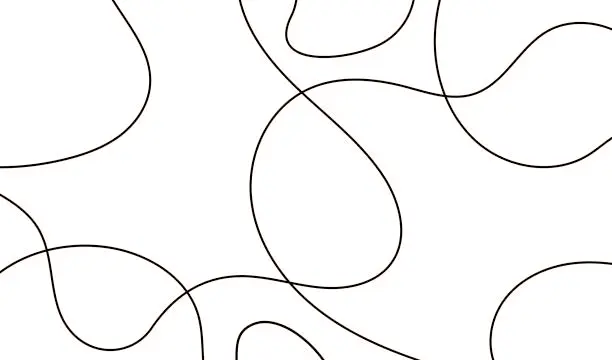
The Psychology of Color in Design: Harnessing Emotional Impact for Effective Communication
- Admin
Color is a fundamental element of design, influencing our perceptions, emotions, and behaviors in profound ways. From branding and marketing to interior design and user interfaces, the strategic use of color can evoke powerful emotional responses and communicate messages with remarkable clarity. Understanding the psychology behind color is essential for designers seeking to create impactful and memorable experiences for their audiences.
At its core, the psychology of color explores how different hues and combinations can trigger specific emotional and psychological responses. For example, warm colors like red and orange are often associated with energy, passion, and excitement, while cooler tones like blue and green evoke feelings of calmness, tranquility, and trust.
In this article, we delve into the fascinating world of color psychology, uncovering the meanings and associations behind different hues and exploring how they can be leveraged to create engaging and effective designs. We examine the ways in which color influences consumer behavior, shapes brand identity, and enhances user experience across various design contexts.
One of the key considerations in leveraging color psychology is understanding cultural and contextual differences. Colors can carry different meanings and associations depending on cultural background, historical context, and personal experiences. For example, while white may symbolize purity and simplicity in Western cultures, it can be associated with mourning or sadness in some Eastern cultures.
Moreover, the context in which color is used can also influence its perceived meaning and impact. For instance, bright, vibrant colors may be attention-grabbing and energetic in a marketing campaign but could be overwhelming or distracting in a workspace or healthcare setting where calmness and focus are desired.
Through case studies, real-world examples, and expert insights, we explore how designers can effectively harness the emotional impact of color to create designs that resonate with their target audience and achieve their communication goals. Whether it's selecting the perfect palette for a brand identity, creating an inviting atmosphere in a retail space, or designing an intuitive user interface, color psychology plays a pivotal role in shaping the success of design projects.
Yet, while understanding the psychological effects of color is essential, it's also important to approach color selection with creativity, experimentation, and intuition. By balancing scientific knowledge with artistic expression, designers can unlock the full potential of color to captivate, inspire, and delight audiences in meaningful and memorable ways.
Join us as we explore the fascinating intersection of art and science in the psychology of color—a journey that illuminates the power of hue, saturation, and value to shape our perceptions, emotions, and experiences in the world of design.
